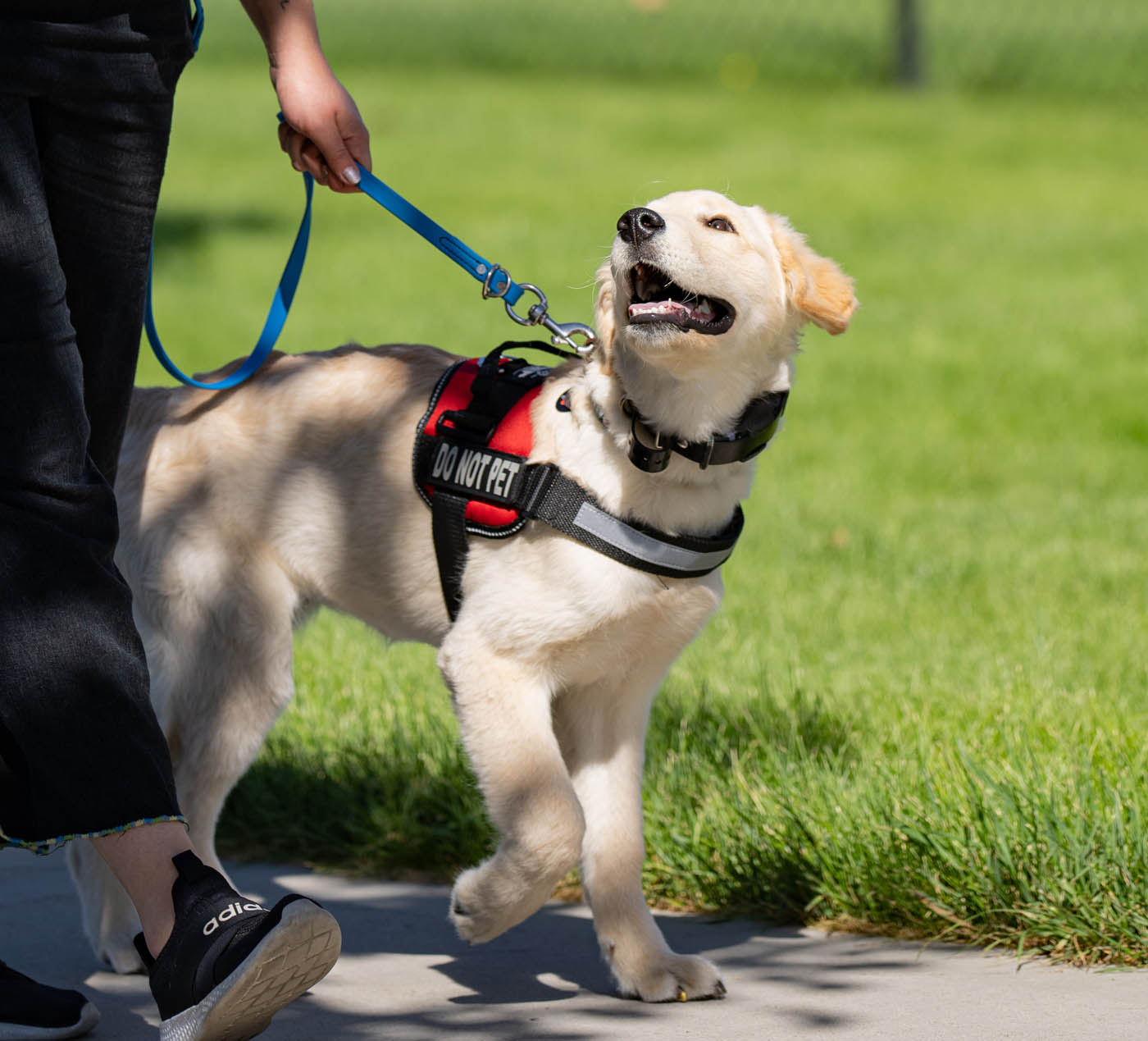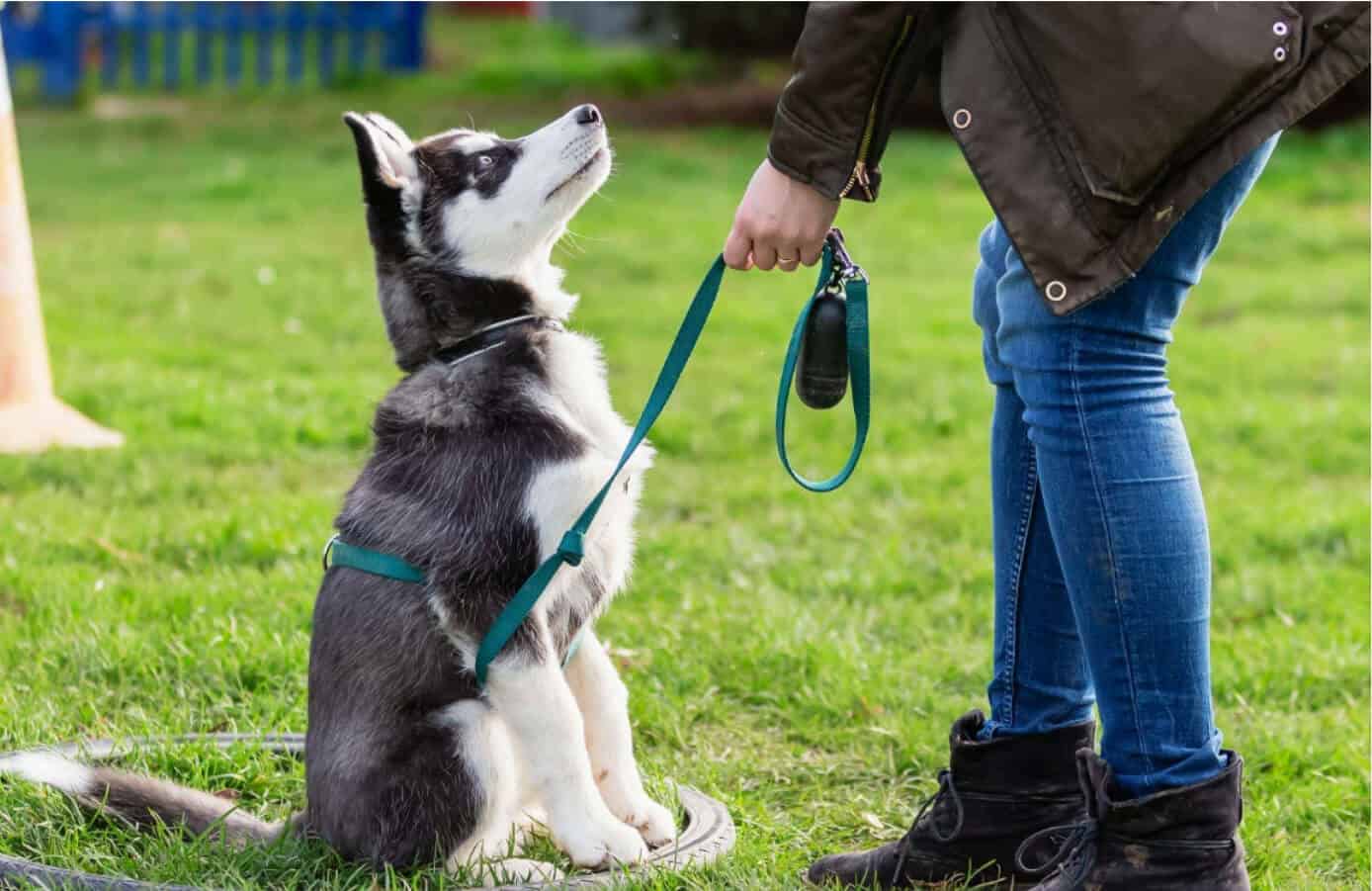Top Pet Educating Methods Every Owner Need To Know
Amongst the most prominent techniques are favorable support, remote control training, and leash training, each offering one-of-a-kind benefits that contribute to a mannerly dog. As we check out these basic approaches, it becomes obvious that understanding their nuances can considerably impact the training experience and the pet's overall habits.
Positive Reinforcement Methods
Using favorable support techniques is vital for effective dog training, as it promotes a trusting bond in between the canine and the trainer. This method concentrates on satisfying desirable habits as opposed to penalizing unwanted ones, producing an environment for finding out. Incentives can consist of treats, praise, or play, which encourage dogs to repeat the behaviors that make them these incentives.
Positive support is rooted in the concepts of operant conditioning, where habits is affected by its repercussions. By continually fulfilling certain activities, fitness instructors can shape a pet's actions in time. For example, a pet dog that remains on command and receives a reward is much more likely to repeat that actions in the future.
Furthermore, this approach improves the dog's interest for training sessions. They are extra engaged and receptive when canines associate training with positive experiences. Beyond instant habits modification, favorable reinforcement encourages a collective connection between the pet dog and trainer, minimizing stress and anxiety and worry.
To make the most of performance, it is crucial to deliver benefits without delay, making sure the canine connects the habits with the reinforcement. Basically, favorable support methods not just yield better-trained dogs yet likewise promote an unified collaboration in between pet and owner.
Clicker Training Approach
The clicker training technique is an extremely reliable method that builds on the principles of positive support by adding a distinctive noise to mark desired habits. This approach makes use of a tiny handheld device that produces a clicking audio, enabling fitness instructors to interact with their canines in a instant and clear fashion. When a pet dog performs an actions that the proprietor wishes to encourage, the clicker is activated, followed by a benefit, commonly in the form of treats or praise.
The key to successful remote control training hinges on consistency and timing. It is critical to click at the specific minute the preferred actions happens, making sure that the pet dog links the noise with the action and the subsequent reward. This technique not just improves communication however likewise cultivates a more powerful bond between the canine and the owner, as it urges engagement and interaction during training sessions.
Remote control training can be put on a selection of behaviors and commands, from standard obedience to a lot more complicated tricks. Its convenience and performance make it a preferred method among specialist fitness instructors and pet proprietors alike, leading the way for a well-trained and receptive canine friend.

Chain Training Fundamentals
Efficient chain training is important for guaranteeing a enjoyable and safe strolling experience for both pet dogs and their owners. Chain training must begin early and be come close to with patience and uniformity (Dog training). Beginning by picking an ideal leash and collar or harness. A level collar may help some canines, while others may gain from a harness that decreases drawing.
Introduce your pet to the leash gradually, permitting them to explore it in a comfortable atmosphere. This entails gratifying your pet for walking close to you instead than drawing in advance.
If your pet starts to draw, stop strolling promptly. Furthermore, practice various strolling atmospheres to aid your dog adjust to diversions.
Regular method will certainly strengthen your canine's understanding of leash etiquette. Bear in mind that chain training is a recurring process; patience and consistency will certainly produce the most effective outcomes, fostering a favorable experience for both you and your canine friend.
Socializing Strategies
Socializing is an important facet of dog training that must preferably begin during puppyhood yet can be beneficial at any kind of age. Efficient socializing assists canines develop self-confidence and decreases the probability of behavioral problems. To apply effective socialization methods, reveal your canine to a variety of atmospheres, people, and other animals.

Begin with controlled setups, such as pup classes or organized playgroups, where young dogs can connect securely. Progressively present you could look here your pet dog to new experiences, consisting of different sounds, surface areas, and tasks. Make sure these experiences are satisfying and favorable to develop a sense of safety.
For grown-up canines or those lacking exposure, begin with low-stress scenarios. Short, favorable communications with pleasant people and tranquil pets can produce favorable associations - Dog training. Utilize treats and appreciation to enhance preferable behaviors throughout these experiences
Checking your pet's body language is important; signs of worry or aggression should be resolved right away, either by removing the pet dog from the situation or redirecting its focus. Constantly exposing your pet to diverse stimuli will certainly foster adaptability, making it an all-round companion efficient in prospering in different setups.
Consistency and Patience
Acknowledging the relevance of consistency and persistence in canine training is necessary for accomplishing enduring results. Training a pet dog is a steady procedure that calls for an organized strategy and unwavering commitment from the owner. Each command or behavior should be reinforced continually to aid the canine comprehend what is anticipated of them. Inconsistent training can result in complication, making it go to these guys challenging for the canine to comprehend commands or habits, ultimately hindering progression.
Canines, like people, discover at their own speed. This promotes a relying on partnership in between the pet and proprietor, encouraging an extra willing and enthusiastic learner.
To grow uniformity and patience, establish a routine training routine, make use of the exact same commands, and ensure that all relative use the same training principles - Dog training. By doing so, you create a stable environment favorable to discovering, allowing your dog to create and prosper into a mannerly buddy

Verdict
In final thought, effective canine training techniques, such as positive support, remote check control training, and appropriate leash training, are vital for fostering a healthy and balanced owner-dog relationship. In addition, executing socialization strategies and preserving consistency and persistence throughout the training procedure contributes dramatically to a pet dog's total well-being. By integrating these techniques, pet owners can assist in the advancement of well-adjusted, loyal pet dogs, ultimately enhancing the top quality of life for both the proprietor and the pet.
Among the most prominent methods are favorable support, remote control training, and chain training, each offering one-of-a-kind benefits that contribute to a mannerly pet. As we discover these basic techniques, it becomes noticeable that mastering their subtleties can substantially influence the training experience and the pet's total behavior.Utilizing favorable support strategies is vital for efficient dog training, as it fosters a relying on bond in between the trainer and the dog.In final thought, effective dog training strategies, such as positive reinforcement, clicker training, and appropriate leash training, are necessary for fostering a healthy and balanced owner-dog connection. By incorporating these approaches, pet proprietors can help with the advancement of well-adjusted, loyal pet dogs, eventually improving the top quality of life for both the pet dog and the owner.